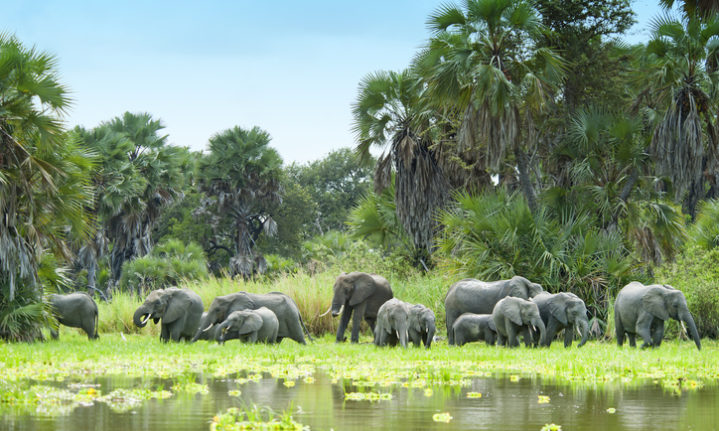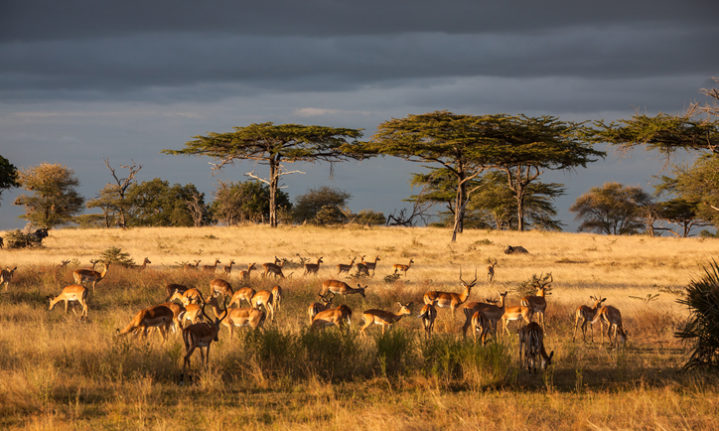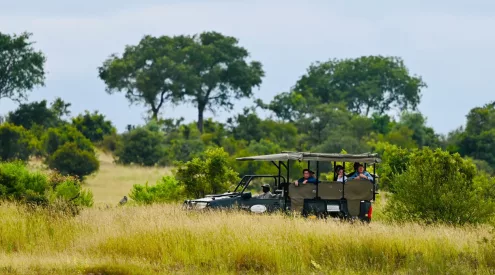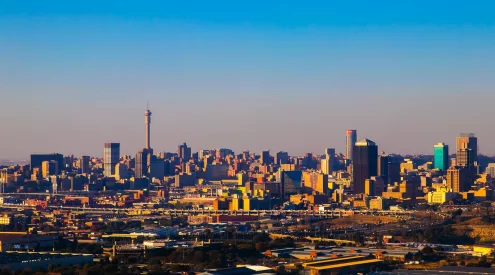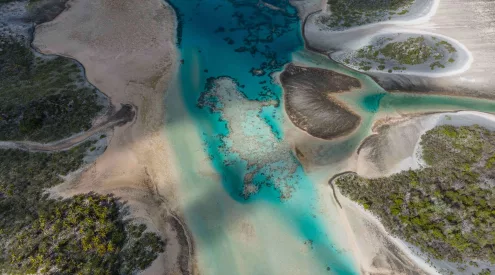Selous Game Reserve could lose its World Heritage Site status after Tanzanian president, John Magufuli, recently issued a directive to the Minister of Natural Resources to begin the process of splitting the vast Selous Game Reserve in two.
A number of environmental activists and organisations such as the World Wide Fund for Nature, International Union for Conservation of Nature (IUCN) and UNESCO have criticised these plans, citing damage to the vast reserve’s unique and wild ecology.
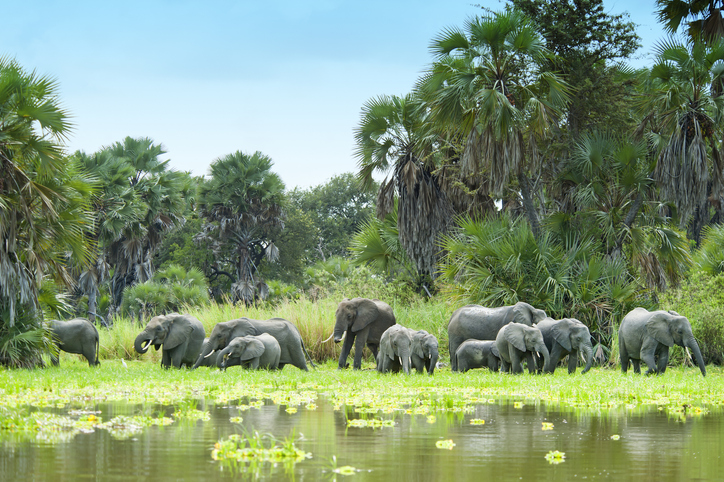
Image: guenterguni via Getty/Gallo Images
Magufuli, however, has been pushing for a highly controversial hydroelectric dam project at Stiegler’s Gorge on the Rufiji River within Selous Game Reserve – one of the largest wildlife areas in Africa, covering about 50,000km2.
According to Tourism Update, Magufuli plans to have more than half of the game reserve ‘re-demarcated’ to establish two separate wildlife sanctuaries, with the larger portion being used for the Rufiji Hydropower Project and the remaining land will be dedicated to hunting. If Magufuli’s plans to split the Selous reserve are approved, the second national park will be called Nyerere National Park, after Tanzania’s first president, Julius Nyerere.
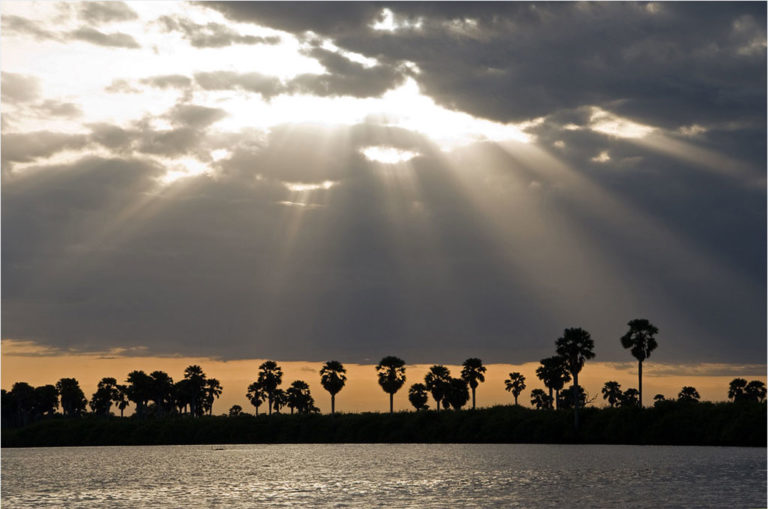
Image: Rainer Voegeli.
The president apparently wishes to address game hunting in Selous, no small matter when it comes to wildlife conservation in parts of Africa, although his rationale seems to be economically motivated. ‘Tourists come here and kill our lions, but we don’t benefit a lot from these wildlife hunting activities,’ Magufuli said, according to Reuters.
The news agency also stated that 8% of the Selous Game Reserve is dedicated to photographic safari tourism, while the rest is left to the game hunting trade. It is not clear, however, whether the much-reduced, Selous reserve area will operate as a no-hunting zone.
‘The Selous Game Reserve is one of Africa’s biggest World Heritage sites and, thanks to its size, it allows large-scale ecological processes to take place without hindrance,’ says Peter Shadie, Director of IUCN’s World Heritage programme.
‘This has become a rarity in today’s world, where nature is increasingly fragmented. Clearly, dividing the uniquely large Selous Game Reserve into smaller areas would not be in the interest of the site’s ecological functions, its integrity, or the conservation of its species.’









